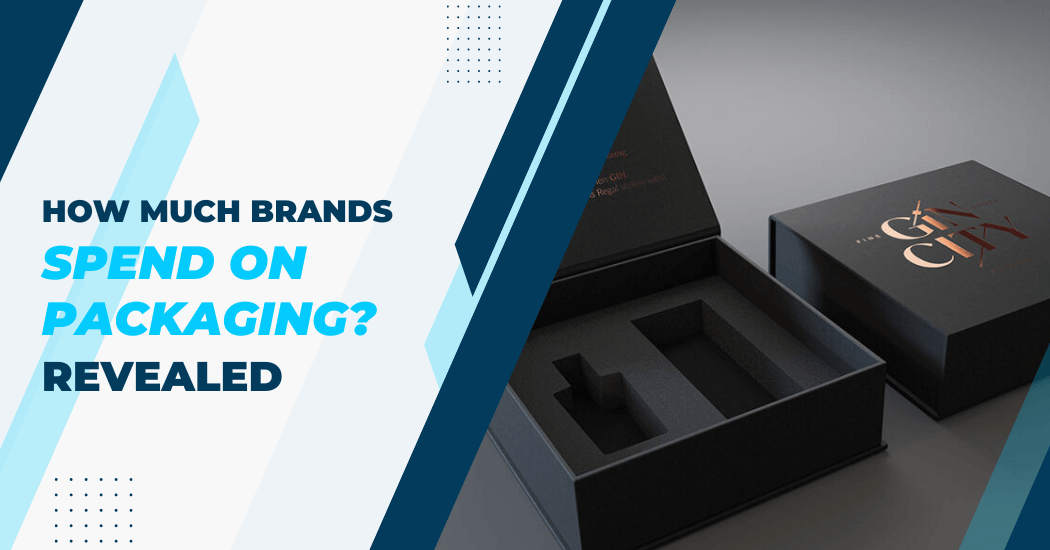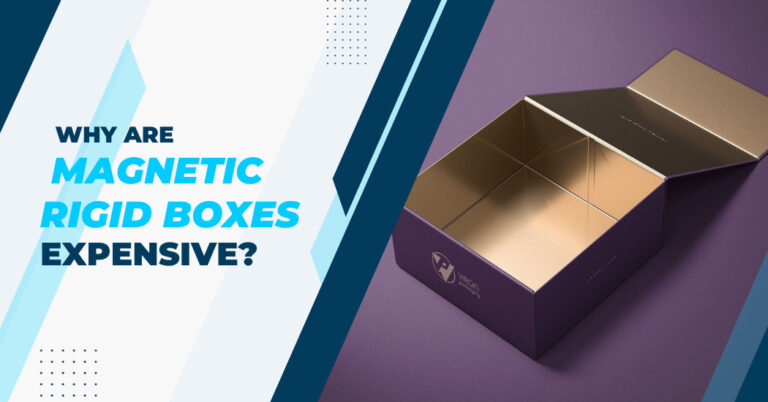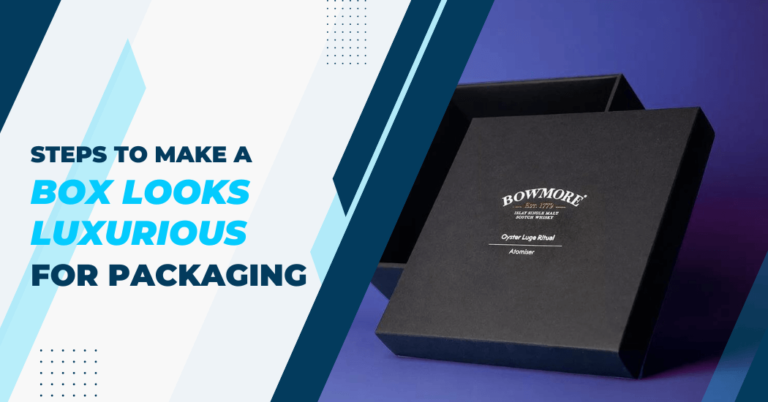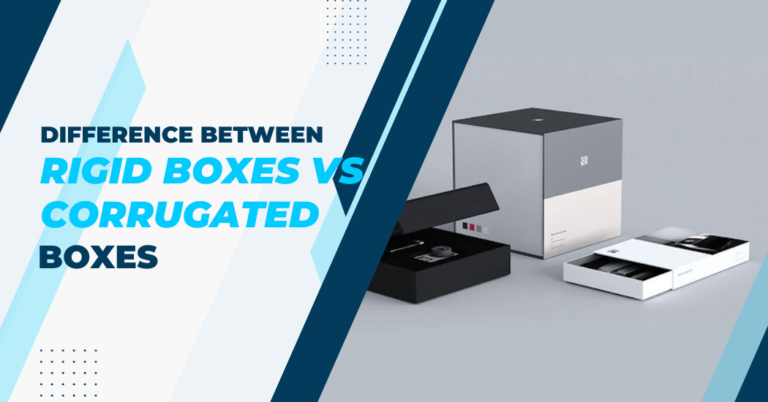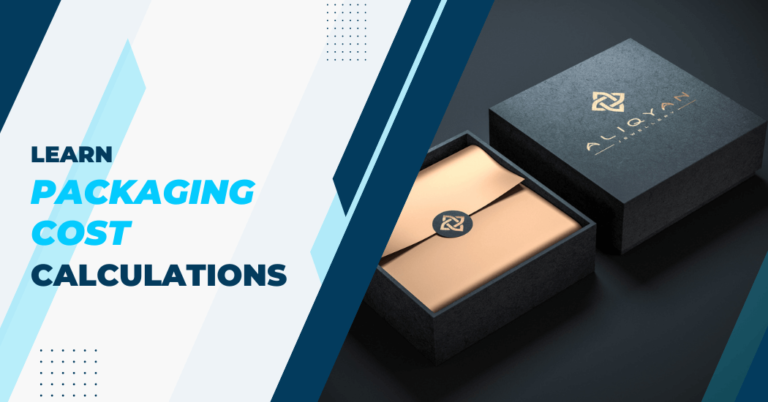How much do brands spend on packaging in 2024?
Packaging is an essential part of any product. It not only protects the product but also serves as a marketing tool for brands.
From iconic packaging designs to creative, eye-catching labels, packaging can make or break a brand’s image and sales. But have you ever wondered how much do these brands spend on their packaging? The answer may surprise you.
In this blog post, we’ll dive deep into the world of brand packaging and explore just how much companies are investing in their packages.
Get ready for some surprising revelations about the true value of product presentation!
Brands Packaging Cost
Amount brands spend on packaging varies widely and can range from less than a penny to several dollars per unit. On average, it is estimated that packaging constitutes about 10% of the overall product cost.
However, this figure fluctuates greatly depending on the industry, the materials used and the complexity of the packaging design.
Luxury goods and consumer electronics often dedicate a larger portion of their budget to packaging, as the unboxing experience is regarded as an extension of the brand.
Meanwhile, basic commodities may spend much less, focusing on functionality and cost-effectiveness.
Examples of popular brands and their packaging expenses
| Brand Features | Industry | Estimated Packaging Cost Per Unit | Notable Packaging |
|---|---|---|---|
| Apple Inc | Consumer Electronics | Estimated $3 – $10 | Minimalistic design, product-focused presentation, eco-friendly materials |
| Tiffany & Co. | Luxury Goods | Estimated $1 – $5 | Iconic blue boxes, high-quality materials, embossing |
| Coca-Cola | Beverage | Less than $1 | Custom shape bottles, vibrant labels, bulk production |
| L’Oréal Paris | Beauty | $0.50 – $2 | High-quality printing, colorful designs, use of metallic and matte finishes |
| Lego | Toys | $0.10 – $1 | Bright, engaging box art, clear display of contents, sturdy boxes |
| Nike | Sports Goods | $0.50 – $3 | Unique shoe box designs, bold graphics, use of sustainable materials |
| Procter & Gamble | Household & Personal Care | $0.50 – $3 | Functional and practical packaging, use of eco-friendly materials |
Factors That Influence Packaging Costs
There are a few key factors that influence the amount of money brands spend on packaging. These include:
- Materials: Type and quality of materials used can greatly impact the cost of packaging. For example, luxury brands may opt for high-end materials like glass, metal or premium paperboard which can significantly increase production costs.
- Design complexity: More intricate and eye-catching design may require additional time and resources during the production process, driving up costs.
- Quantity: Bulk orders can often lead to lower per-unit packaging costs due to economies of scale. On the other hand, smaller runs may have higher unit costs.
- Special features: Special features like embossing, foiling or die-cutting add a unique touch to packaging but also increase production costs.
Challenges in managing packaging costs
While packaging is an important aspect of product presentation, it can also prove to be a challenging area for companies to manage.
Here are some of the common challenges brands face when trying to balance packaging costs with quality and design:
- Fluctuating raw material prices: Packaging materials such as paper, plastic and metal can have volatile prices due to market fluctuations and supply-demand changes. This can make it challenging for brands to accurately estimate packaging costs in advance, causing potential budget issues.
- Regulatory compliance and standards: In addition to production costs, companies need to factor in compliance with regulations and standards when designing their packaging. For example, certain industries may require specific labeling or safety requirements which can add to the overall cost of packaging.
- Balancing aesthetics with cost efficiency: Brands often face the dilemma of choosing between visually appealing packaging and cost efficiency. While a more elaborate design may attract customers, it can also add to the production costs and impact profitability.
On the other hand, a simpler design may be cheaper but may not have the same visual impact on consumers. Finding the right balance between aesthetics and cost efficiency is crucial for brands.
Tips for brands to reduce packaging costs without compromising quality
In a competitive marketplace, brands must find ways to cut costs without sacrificing the quality and image that customers expect.
Here are several strategies that can help brands effectively reduce packaging costs:
- Optimize design: Streamlining packaging designs can save materials and production time. Consider reducing the size and complexity without losing the essence of the brand identity.
- Material substitution: Investigate less expensive, alternative materials that do not degrade the packaging’s look or feel. Sustainable materials can also be cost-effective and appeal to eco-conscious consumers.
- Supplier negotiation: Work closely with luxury packaging supplier to negotiate better prices or discover more cost-effective solutions without compromising on quality.
- Efficient manufacturing: Adopt manufacturing innovations that can both reduce waste and speed up production, leading to lower costs.
- Order in bulk: While maintaining a balance with inventory storage costs, ordering larger volumes can reduce the cost per unit through economies of scale.
- Simplify color schemes: Using fewer colors or more standard color palettes can reduce printing costs while maintaining visual appeal.
- Review packaging layers: Evaluate the necessity of each layer of packaging, eliminating non-essential layers or combining functions where possible.
- Lifecycle analysis: Conduct a full lifecycle analysis of your packaging to identify areas where improvements can be made and costs can be reduced over the entire lifespan of the product.
By implementing these cost-saving measures, brands can maintain high-quality packaging that aligns with their brand identity and values while also optimizing their budget.
With a focus on efficient and sustainable packaging solutions, companies can balance their costs while presenting their products in an attractive and eco-friendly manner.
FAQs – Companies Spending For Luxury Packaging
How much do brands typically spend on packaging?
The cost can vary significantly based on various factors, such as the type of product, the materials used and the complexity of the design.
Packaging for common consumer goods may require an investment of $0.50 to $3 per unit, although luxury items and electronics can command higher prices due to the need for premium packaging.
Does the price of packaging vary with the volume of the order?
Yes, generally, larger orders can result in lower per-unit costs because of economies of scale. Conversely, smaller order quantities usually have higher per-unit costs.
Can packaging design complexity affect the cost?
Definitely. More complex designs often require additional time and resources to produce, which can increase the cost significantly. This includes the use of unique shapes, special inks, finishes or any other features that require advanced manufacturing technology.
Do environmental considerations affect packaging costs?
Environmental considerations can affect costs in both directions. On one hand, using sustainable materials or designs might be more expensive initially but could lead to savings through the lifecycle of the package, not to mention potential benefits in terms of brand image and customer loyalty.
On the other hand, innovations in sustainable materials can lead to cost savings and efficiencies.
Summing Up
The exact amount that brands spend on packaging varies greatly and is dependent on several factors. From materials to design complexity, many considerations impact the cost of packaging. However, companies need to see packaging as an investment in their brand’s image and success rather than just a necessary expense.
By carefully balancing cost-saving measures with the value of packaging, brands can create eye-catching and effective packaging solutions that benefit both their products and their bottom line.
So, next time you unbox a product, remember that there’s much more to its packaging than meets the eye!
